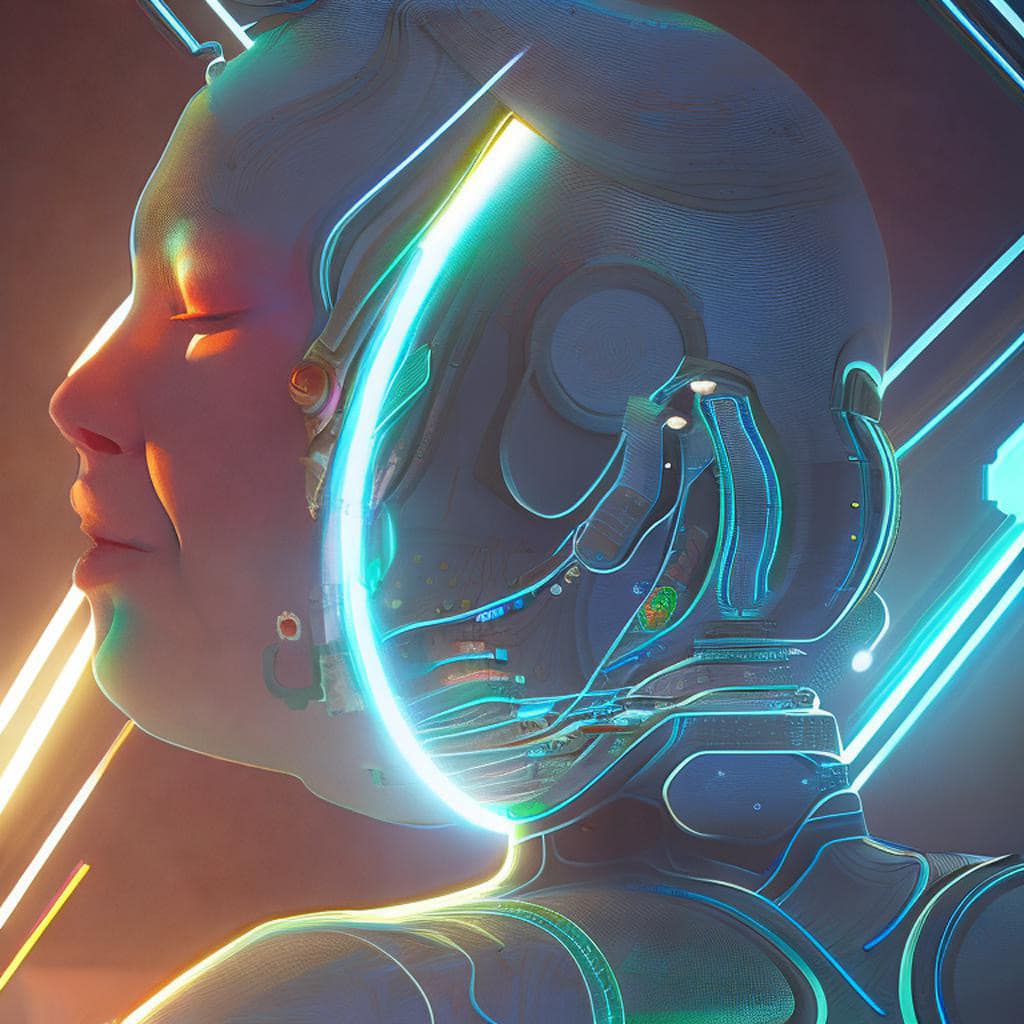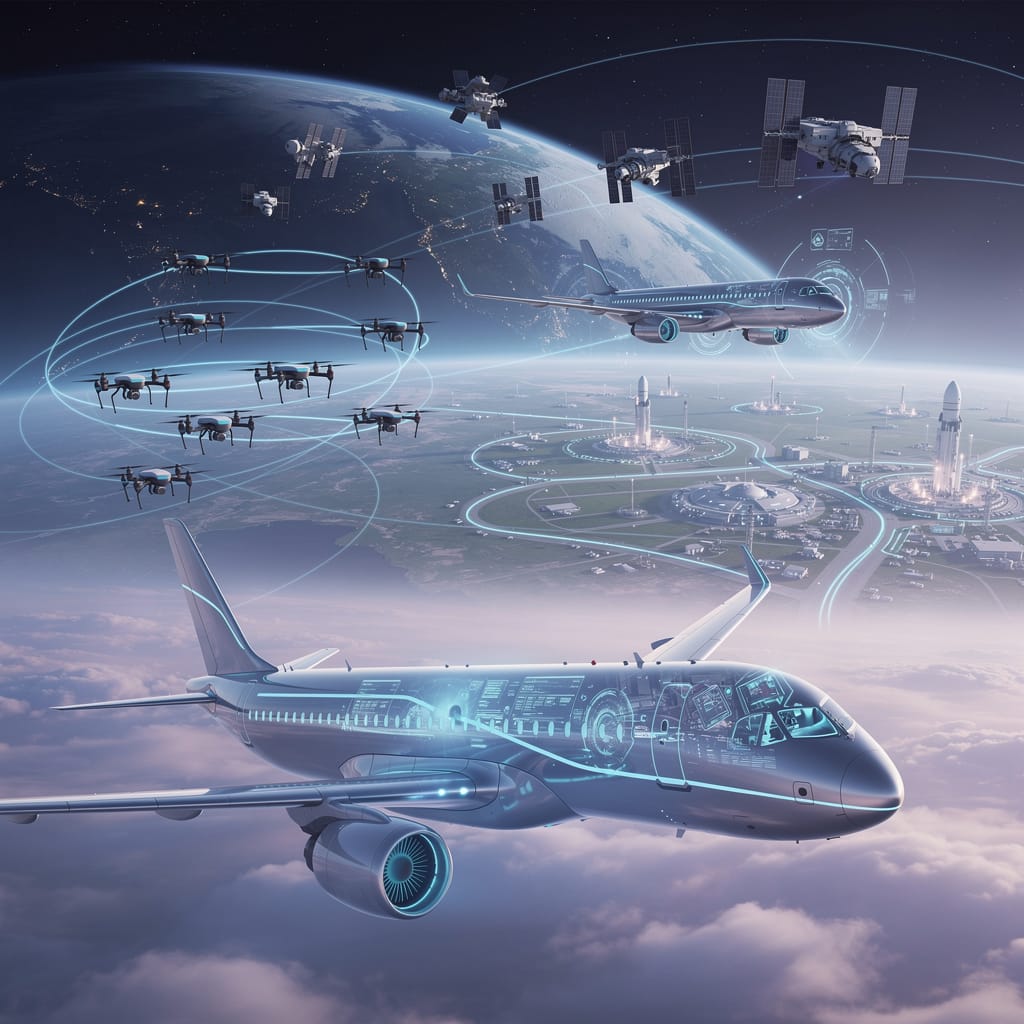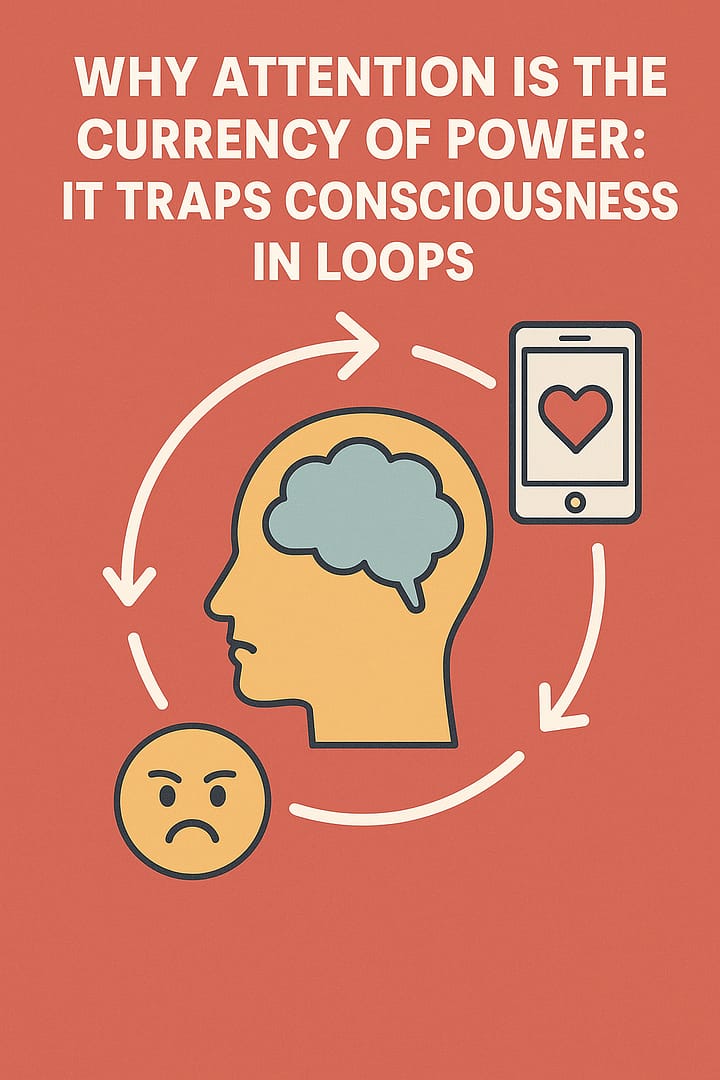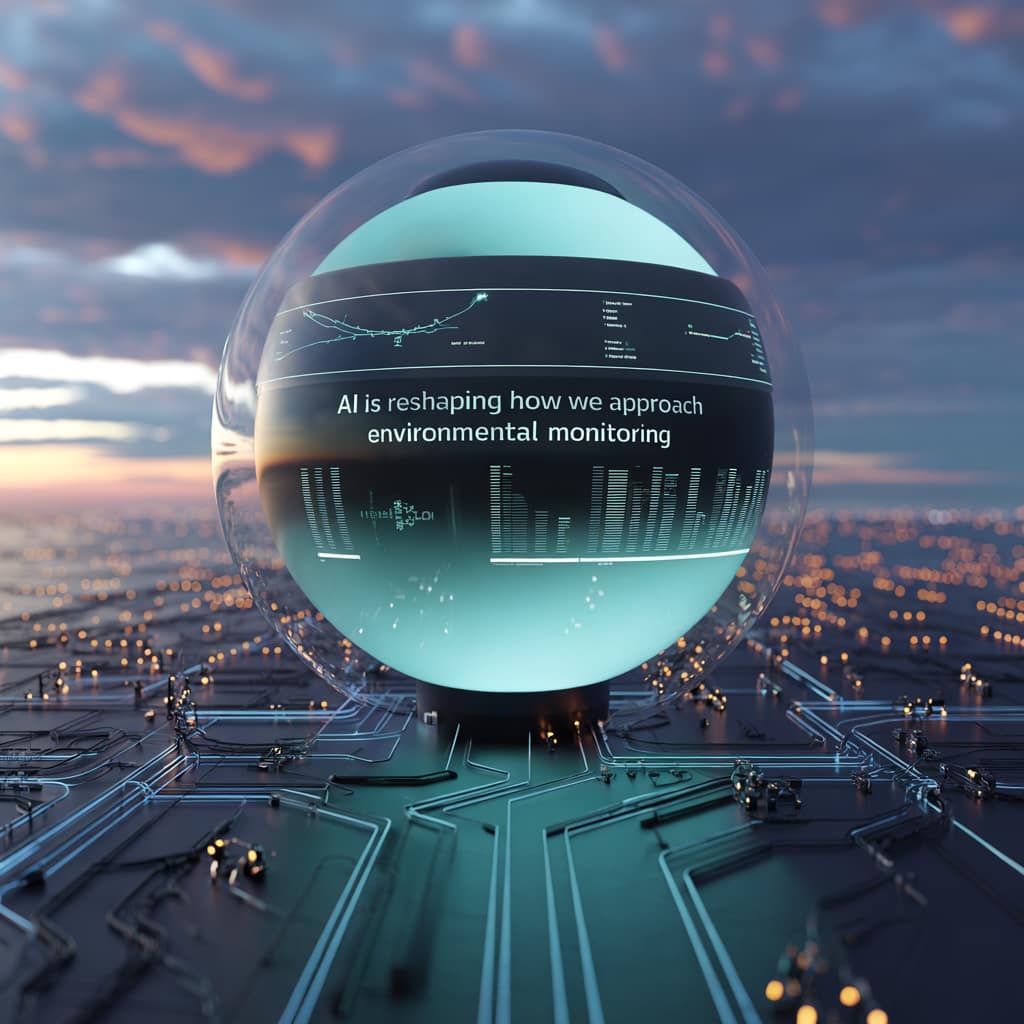AI-based matchmaking algorithms
An AI language model, can provide some insights based on research and observations. However, it’s important to note that predicting romantic compatibility is a complex task that involves multiple factors and subjective experiences, and AI is not capable of fully understanding human emotions, desires, and preferences.
That being said, AI-based matchmaking algorithms have been developed and are currently being used by some dating websites and apps. These algorithms use machine learning techniques to analyze users’ data, preferences, and behavior to suggest potential matches. Some studies have found that AI-based matchmaking can improve the quality of matches and increase user satisfaction, but the effectiveness of these algorithms depends on the quality and quantity of data available and the algorithm’s design.
A successful relationship is not solely determined by the compatibility of two individuals. Other factors, such as communication skills, commitment, and shared values, also play important roles in a relationship's success. Therefore, even if an AI algorithm suggests a compatible match, it's up to the individuals involved to work on building a healthy and fulfilling relationship.
Success stories of couples who have met through AI-based matchmaking algorithms
There have been some success stories of couples who have met through AI-based matchmaking algorithms. For example, eHarmony, a dating website that uses an AI-based compatibility matching system, claims to have facilitated over two million marriages since its launch in 2000.
Another example is the dating app Hinge, which uses a machine learning algorithm to suggest matches based on users’ preferences and behavior. The app has reported a high success rate, with many users reporting finding long-term relationships and even getting married.
Success stories are not solely attributed to AI algorithms but also depend on the individuals involved and their efforts to build a healthy and fulfilling relationship. A compatible match suggested by an AI algorithm is not a guarantee of a successful relationship. It takes work and commitment from both partners to build a lasting and happy relationship.
Used to help form more effective working teams
AI could be used to help form more effective working teams as well. In fact, some organizations are already using AI-based tools to enhance team collaboration and productivity.
For example, AI-powered collaboration tools like Slack and Microsoft Teams use natural language processing and machine learning algorithms to help team members communicate more effectively and efficiently. These tools can suggest responses to messages, identify important information, and automate routine tasks, reducing the workload on team members and improving productivity.
In addition, AI-based tools can help to identify team members’ strengths and weaknesses and suggest ways to optimize team dynamics. For example, AI-powered tools can analyze team members’ communication patterns, work styles, and skills to suggest ways to improve collaboration and enhance team performance.
AI-based tools should not be seen as a substitute for human interaction and decision-making. The effectiveness of AI in enhancing team dynamics depends on the quality of data available and the design of the algorithm. Ultimately, successful team collaboration requires effective communication, mutual respect, and a shared sense of purpose, which cannot be fully replicated by AI-based tools

Text with help of openAI’s ChatGPT Laguage Models & Fleeky – Images with help of Picsart & MIB
Thank you for questions, shares and comments!
Share your thoughts or questions in the comments below!





